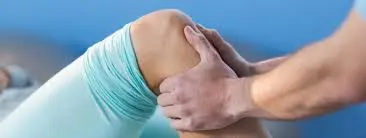Ulanar Collateral Ligament Injury
Description An Ulnar collateral ligament (UCL) injury is an internal elbow injury. It is most typical an overuse injury and most interestingly called for being a baseball pitcher’s injury. If a person has a UCL injury he will experience pain and tenderness at the elbow. Treatments involve rest, ice, medications, and physical therapy. Tommy John…










